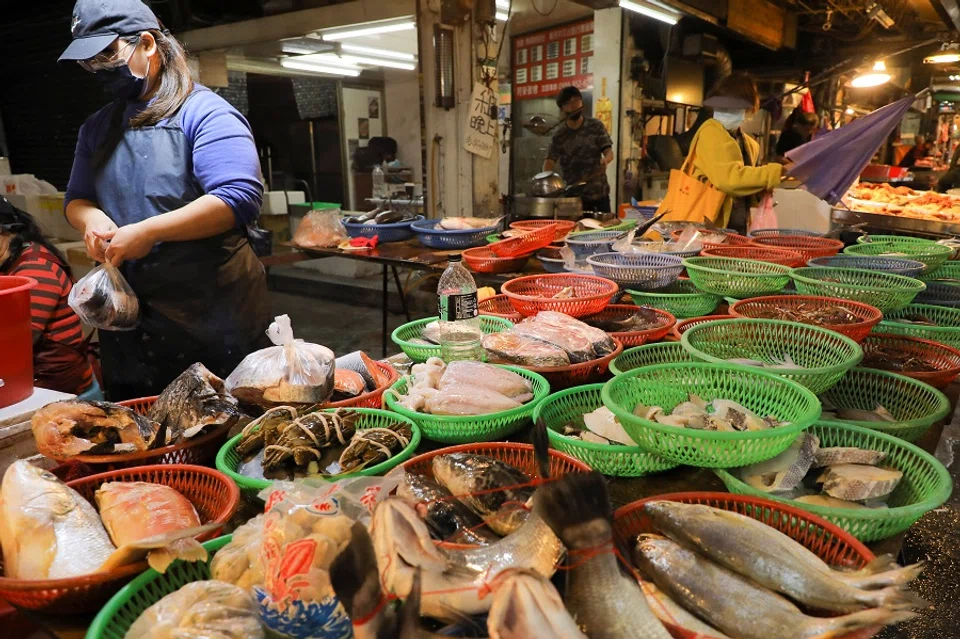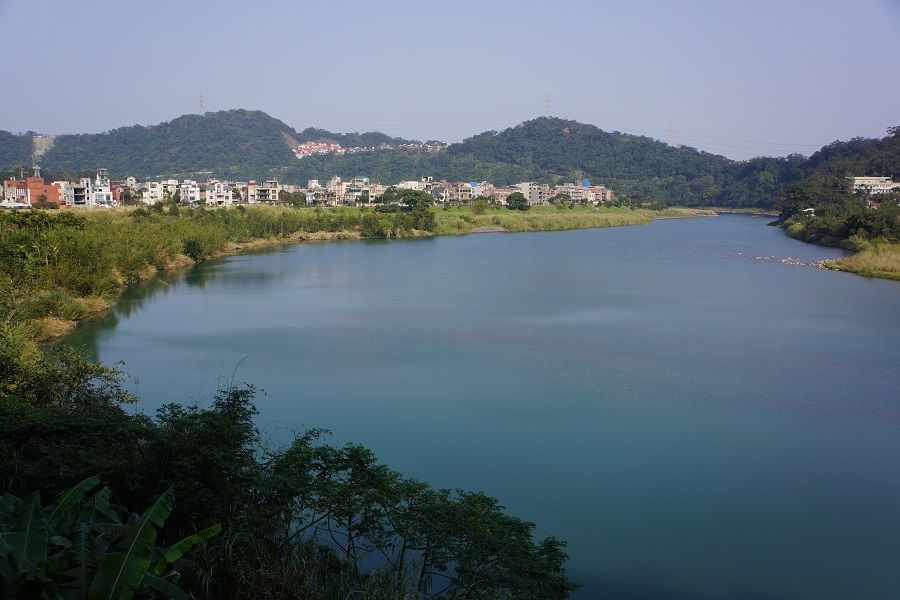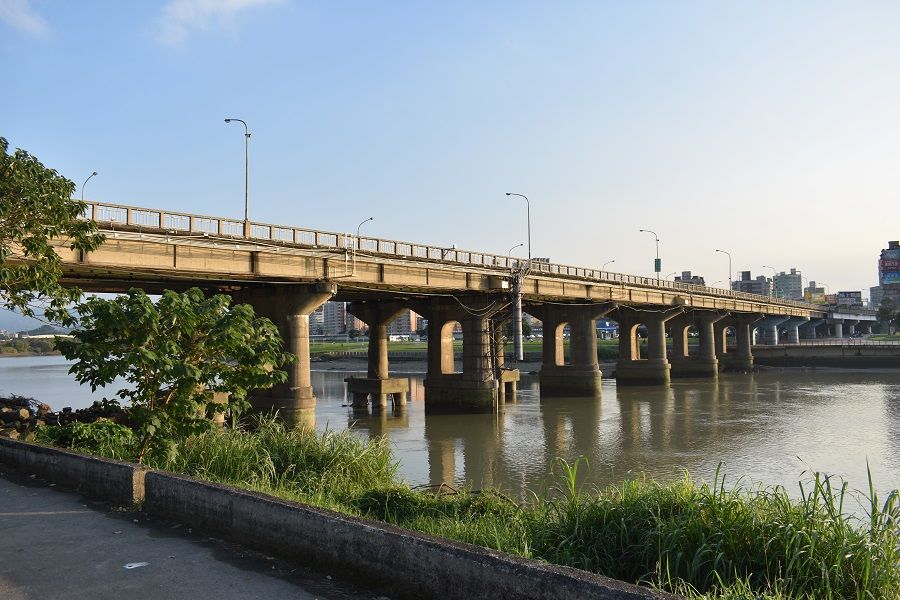My childhood days in Xiamen Street, Taiwan: Of invisible warriors, string puppets and spring pancakes

Thinking back, my childhood memories are vignettes of scenes of more than 60 years ago.
When I was little, I stayed in the southern part of Taipei, on Xiamen Street (厦门街) near Xindian River. Local residents today still refer to the area as "Kawabata" (川端町), which was what it was called during the Japanese occupation.
There was a large area filled with dormitories for senior Japanese civil servants. Wooden houses dotted the area, each separated by a fence. Gardens flourished in the front yards, giving the place an elegant feel.
We moved three times when we stayed there.
The first time, we moved to an old Japanese tatami house in Lane 45, Xiamen Street.
Later, we moved into a remodelled Japanese house in Lane 82. It had a front and back yard, and was much more spacious than our first house. The layout retained very much of its original Japanese style - there was an entrance hall where you took off your shoes and a sliding door that separated the rooms, but in place of tatami mats, there was cypress wood flooring. The creaking sounds of the floorboards made an interesting contrast to the meows and squeaks of cats chasing mice in the ceiling above.

Finally, we moved into Lane 113, Xiamen Street. It was a large bungalow with high ceilings, large courtyards and a beautiful garden. Dragon Chinese Junipers and other trees were planted along the fence, while a 2000 feet lawn sat within the compound. A winding cement-paved trail leading to the bungalow was obscured by a second row of Dragon Chinese Junipers.
The five-bedroom, two-living room Western bungalow came with a kitchen, bathroom and a maid's room. The bungalow apparently used to be the villa of the forestry laboratory, but I don't know how it was eventually sold to us. In any case, staying in it felt like we lived in seclusion although we were actually in a busy city.
Xiamen Street, for everything you need
The southern end of Xiamen Street ends at the river embankment where the Kawabata Bridge spans the river. Later, this bridge was renamed the Zhongzheng Bridge (中正桥).
Drive across the bridge and one would arrive at Zhonghe village, the beginning of the highway to Banqiao. Thus, Xiamen Street could be called the thoroughfare of southern Taipei, decked out with countless retail shops, a pretty posh police station, stationery stores, fabric stores, food stores, dessert stores and the very popular Kaicheng soybean milk store (开诚豆浆店).

There was a major vegetable market in Lane 81. The fish stalls were grouped at the entrance of the alleyway. It usually got pretty crowded and chaotic at the stall selling swamp eels and frogs - housewives looked on with their shopping baskets while children rushed forward for a better view.
Pinning the swamp eel to the chopping board, the young man at the stall ran a sharp blade across the back of the eel with a slithering sound; in one stroke, he stripped the slippery skin off the fish to reveal its white flesh. The eel was then turned over and slit open, its organs and intestines swiftly scrapped out and chucked aside. Just like that, the job was done.
Skilled fishmongers and their deft knife skills
The same technique was used for frogs - pin, slice, strip, turn over, slit, scrap, and that's that.
The young fishmonger man was quick and sharp and worked for short hours. By the end of the morning, two big buckets of eels and two big nets of frogs were sold. After hosing down the stall, he would leave looking fresh and clean.
Because of the blue scarf tied around his forehead and his precise cuts of the knife, quick and light as the wind rustling through trees, I thought he reminded me of Edo period warrior Miyamoto Musashi. He must have learned from a master and practised really hard. Could he be one of the market's invisible warriors?
Yingqiao (萤桥, lit. "firefly bridge") stands in the middle of Xiamen Street. It was a low-lying area in the past and practically a jungle. Millions of fireflies would glow at night, which is how the place got its name.
On the northwest side of the bridge, there is a large open space with a small temple next to it, and every festival day, a stage would be set up for puppet performances. We would join the crowds to watch the puppet show and be mesmerised by raucous fight scenes between sword-wielding string puppets, reenacting those epic battles from historical novels.

Spring pancakes on pushcart
Actually, it wasn't the puppet performances that attracted us the most. It was the pushcart hawker selling spring pancakes (春饼). Heaps of julienned carrots, radish, cabbage, bean sprouts, chives, cucumbers, and some shredded meat were arranged on the cart, and looked especially appetising under the warm light of the gas lamp.
Take a piece of thin spring pancake skin, spread the ingredients evenly on it, sprinkle some peanut powder and smear some sweet chili sauce, roll it up and take a bite. Ah, what a heavenly taste! Even better than the best dishes prepared with choice ingredients.
A little to the south of Yingqiao, there used to be a train line from Xindian to Wanhua (originally Mengjia 艋舺) that crossed over Xiamen Street. Vehicles and pedestrians often had to wait behind the railings for the small choo choo train belching billows of black smoke to slowly approach the station.
One could buy train tickets at the Yingqiao Station which was on the west side of Xiamen Street. A ticket would cost 50 cents or a dollar, but we would go around the entrance, sneak onto the platform via the residential homes at the side, and enjoy a free ride.
Shortly after the train left the station and before the train conductors came round to check tickets, we would jump off the train, chalking it up as one of the great adventures of childhood.
To the south of the railway tracks lies Zhaoan Street (诏安街) which runs parallel to the tracks. Keep going west and you will arrive at my elementary school, Yingqiao Elementary School. Once we stepped into the school compound, we turned into obedient little students, and weren't trouble makers at all.
Related: Cultural historian Cheng Pei-kai: A half-century journey around the globe to Hong Kong's Wu Kai Sha | 'Life is indeed like a dream': A cultural historian returns to the barbershop of his childhood | Remembering a mother's beautiful smile and Suzhou's 'Sixth Moon yellow' crabs | Taiwan's nostalgic flavours, the glitterati and the kamikaze | Beijing's instant-boiled mutton and sweet memories of childhood days in Taiwan
